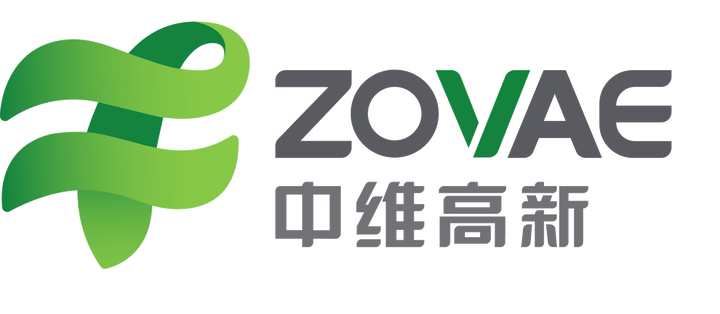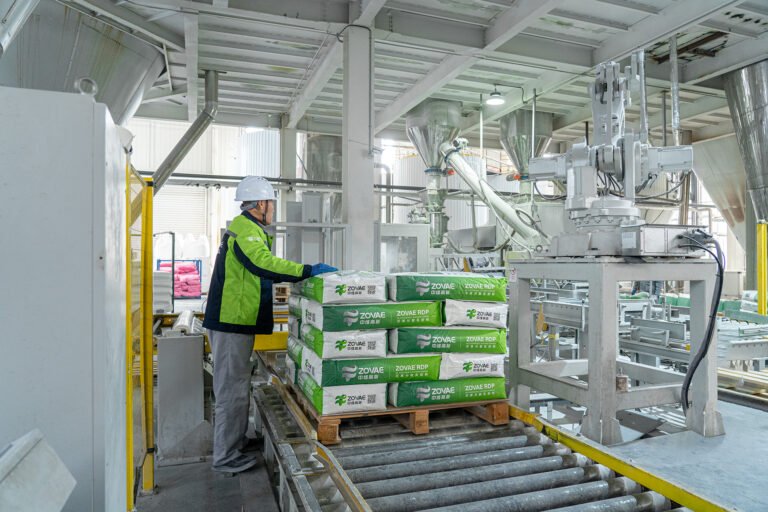
Merry Christmas ZOVAE
Wishing You Joy & Prosperity
Executive Summary
Vinyl acetate–ethylene (VAE) copolymer innovation provides durable, aqueous-based efficacy in forms like emulsions and spray-dried redispersible polymer powders (RDP). Created through spray-drying a stabilized VAE dispersion, VAE powder rehydrates in liquids to generate a fine polymer suspension that bolsters attachment robustness, adaptability, and moisture opposition across diverse mineral- and polymer-rooted frameworks. Secure, non-hazardous, and ecologically mindful, VAE RDP ranks among the most prevalent molecular structures in contemporary dry-blend building items, bonding agents, and surface layers, where it extends usability lifespan, counters fracturing, and elevates general endurance.
This comprehensive overview bridges VAE RDP’s molecular foundations to practical blending guidance for the emphasized sectors: building substances, bonding agents, surface formulations, and cement refinement. Readers will explore detailed insights on functionality in wet and dry environments; how ethylene levels, Tg/MFFT, and protective systems influence outcomes; strategies for variant selection and measurement; and collaborations with enhancers like cellulose derivatives, flow boosters, defoamers, and mineral bulks. Additional elements include historical context, operational advice, validation routines, climate adaptations, diagnostics with remedies, illustrative scenarios, rollout blueprints, frequently asked queries, and economic value analyses. The aim is trustworthy, reproducible enhancements in durability, usability, and sustainability, making VAE RDP a cornerstone for innovative, eco-conscious materials.
1) What VAE Powder Is—and Its Historical Evolution
VAE redispersible polymer powder originates from vinyl acetate–ethylene copolymer emulsions, a technology pioneered in the mid-20th century to address limitations in traditional binders. Initially developed for industrial adhesives in the 1950s, VAE evolved through spray-drying advancements in the 1960s–70s, becoming a staple in European dry-mix mortars by the 1980s. Today, it’s a global standard, with LANDU offerings refined for modern demands like low-VOC formulations and high-SCM cements.
Rhetorically, how did a simple copolymer become indispensable? Its evolution from adhesive roots to a “green” building essential reflects industry shifts toward efficiency, safety, and environmental stewardship, reducing reliance on solvent-based alternatives.
2) Core Principles: How VAE RDP Enhances Materials
VAE RDP’s efficacy stems from its molecular design and interaction with substrates, offering a blend of thermoplastic and crosslinking attributes.
These principles vary by application: in adhesives, low-Tg variants provide tack and peel; in wall putty and coatings, they offer scrub and block resistance. Emerging trends, like bio-based VAE or nano-enhanced variants, promise even greater sustainability, with LANDU exploring low-emission options for green certifications.
3) Key Gains Across Sectors
VAE RDP delivers multifaceted improvements, making it a go-to for durable, user-friendly materials.
These benefits align with global standards like EN 12004 for attachments or ASTM C1184 for mortars, positioning VAE RDP as a versatile enhancer for both residential and commercial projects.
4) Where VAE RDP Finds Application
VAE RDP’s broad utility spans multiple industries, driven by its redispersible nature and compatibility.
In emerging uses like 3D-printed construction or bio-composites, VAE RDP aids printability and strength, reflecting its adaptability to innovative technologies.
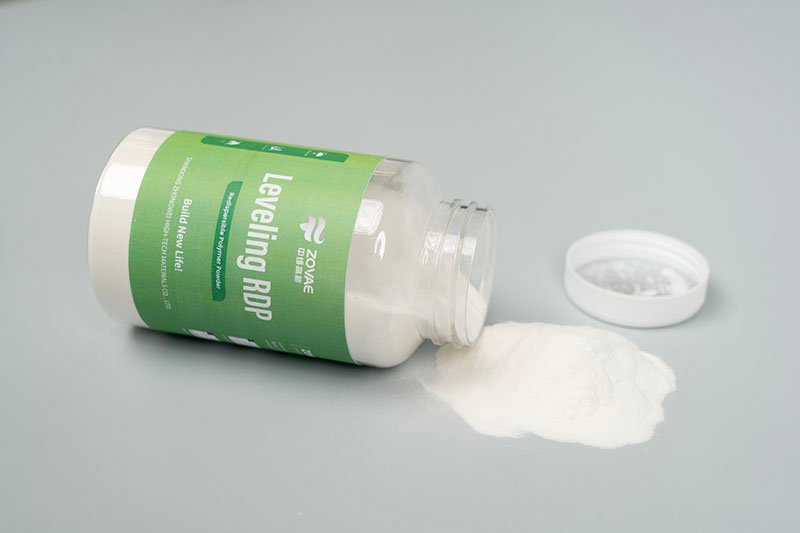
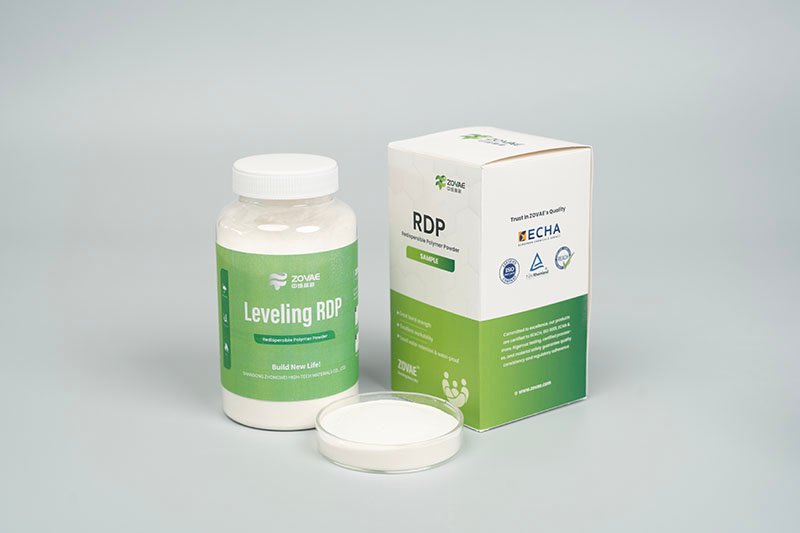
5) Choice Notes for Blenders
Selecting the right VAE RDP involves balancing application needs with environmental factors.
6) Standard Initial Measure Spans in Dry-Blend Setups (by Total Dry Mass Weight)
7) Blending and Operational Advice
8) Quality and Efficacy Checks
9) Diagnostics at a Glance
10) Environmental and Wellness Profile
11) Historical and Emerging Trends
VAE’s journey from 1950s adhesives to RDP in 1970s revolutionized dry mixes, enabling polymer-modified products that outperform traditional. Today, trends include bio-sourced VAE for carbon neutrality, nano-enhanced for superior bridging, and low-VOC for indoor air quality. LANDU leads with variants for high-SCM cements, supporting low-carbon goals.
12) Illustrative Scenarios
Scenario 1: Exterior Render in Humid Climate
Scenario 2: Tile Attachment on Low-Absorption Porcelain
Scenario 3: Interior Coating with Scrub Needs
Scenario 4: Repair Binder in Cold Weather
13) Common Queries
Q: How does VAE RDP differ from other RDPs like VAc/VeoVa?
A: VAE offers balanced flexibility and affordability; VAc/VeoVa amps hydrophobicity for better moisture opposition in exteriors. Blend for custom.
Q: Can VAE RDP be used in gypsum?
A: Yes, enhances unity and reduces dusting; dose 1–3% for thin layers.
Q: Is VAE RDP eco-friendly?
A: Yes, low-VOC, non-toxic; supports sustainable with recycled or bio options.
Q: What if film is too soft?
A: Select higher-Tg; balance with densifiers for hardness.
Q: Compatible with high-SCM cements?
A: Yes, stable in varied; screen for hydration and strength.
14) Rollout Blueprint
15) Economic and Sustainability Value
VAE RDP cuts rework by improving durability, lowers material use through better efficacy, and aligns with eco standards by enabling low-clinker cements. In cost terms, 2–5% addition can extend lifespan by years, reducing long-term expenses.
In Summary
VAE redispersible polymer powder merges dry additive ease with aqueous copolymer efficacy. By elevating bond robustness, adaptability, and moisture opposition—while refining usability and exterior quality—VAE RDP aids in crafting more enduring, fracture-resistant materials in building, bonding agents, surface formulations, and cement refinement. As a secure, non-hazardous, and ecologically mindful choice, it stands as a foundational “green” chemical in daily building frameworks.
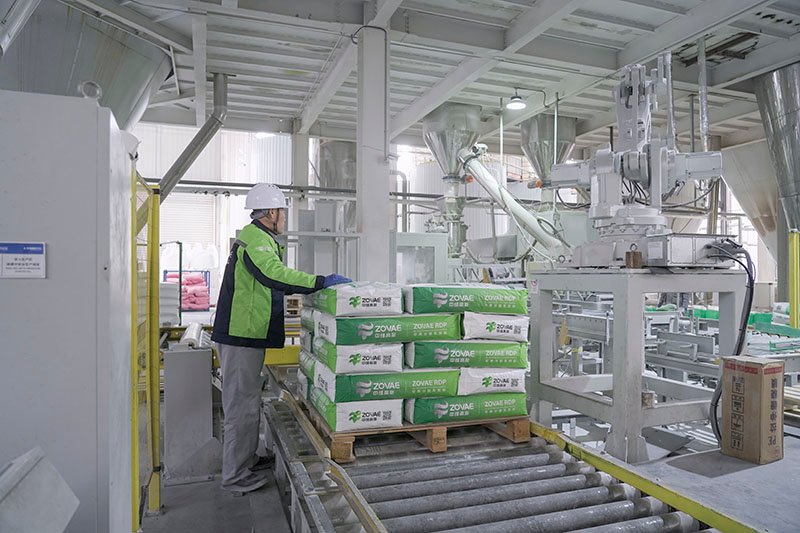

Please leave your contact information, and Zovae’s sales team will provide you with dedicated service.
